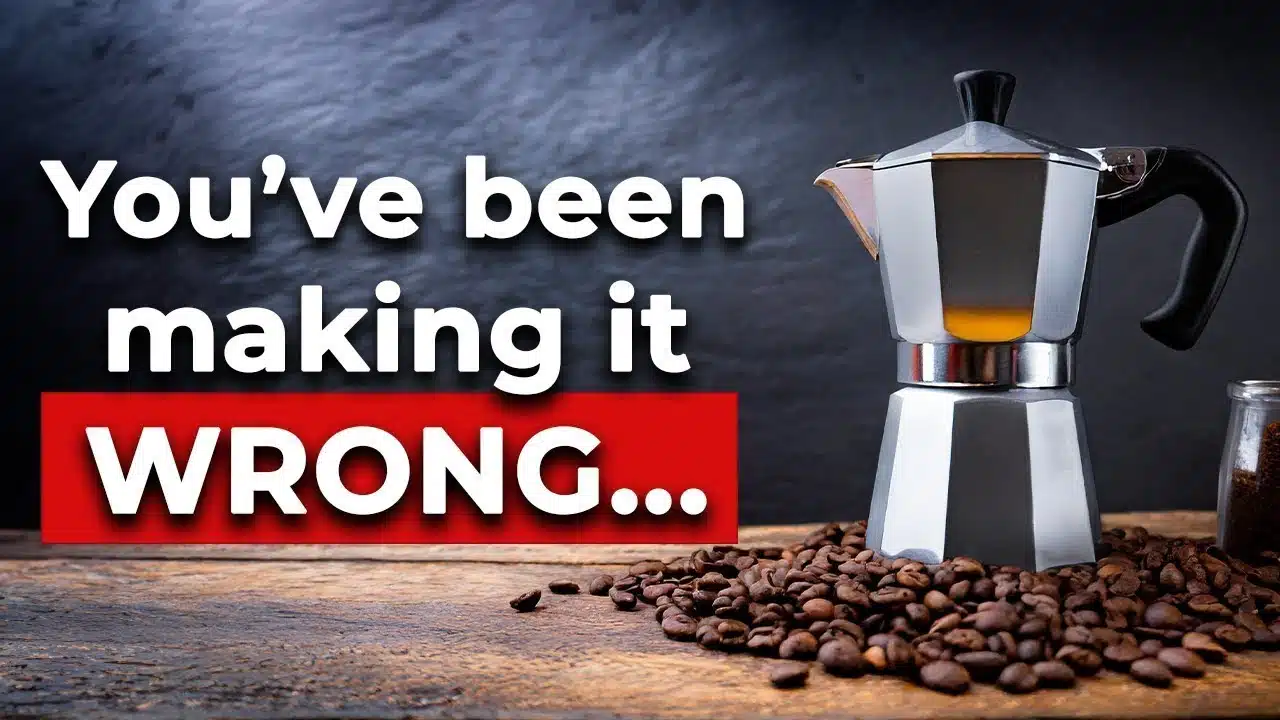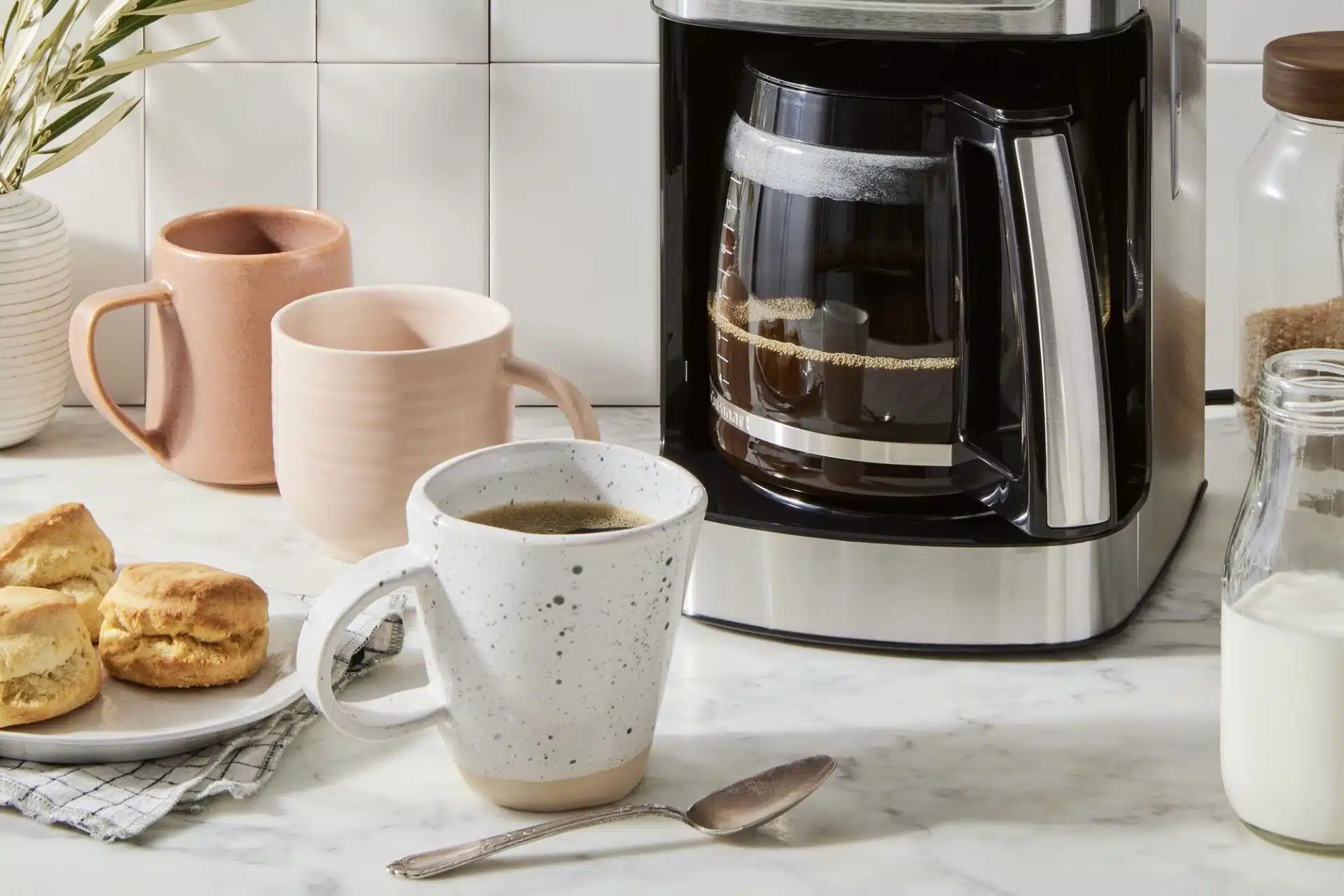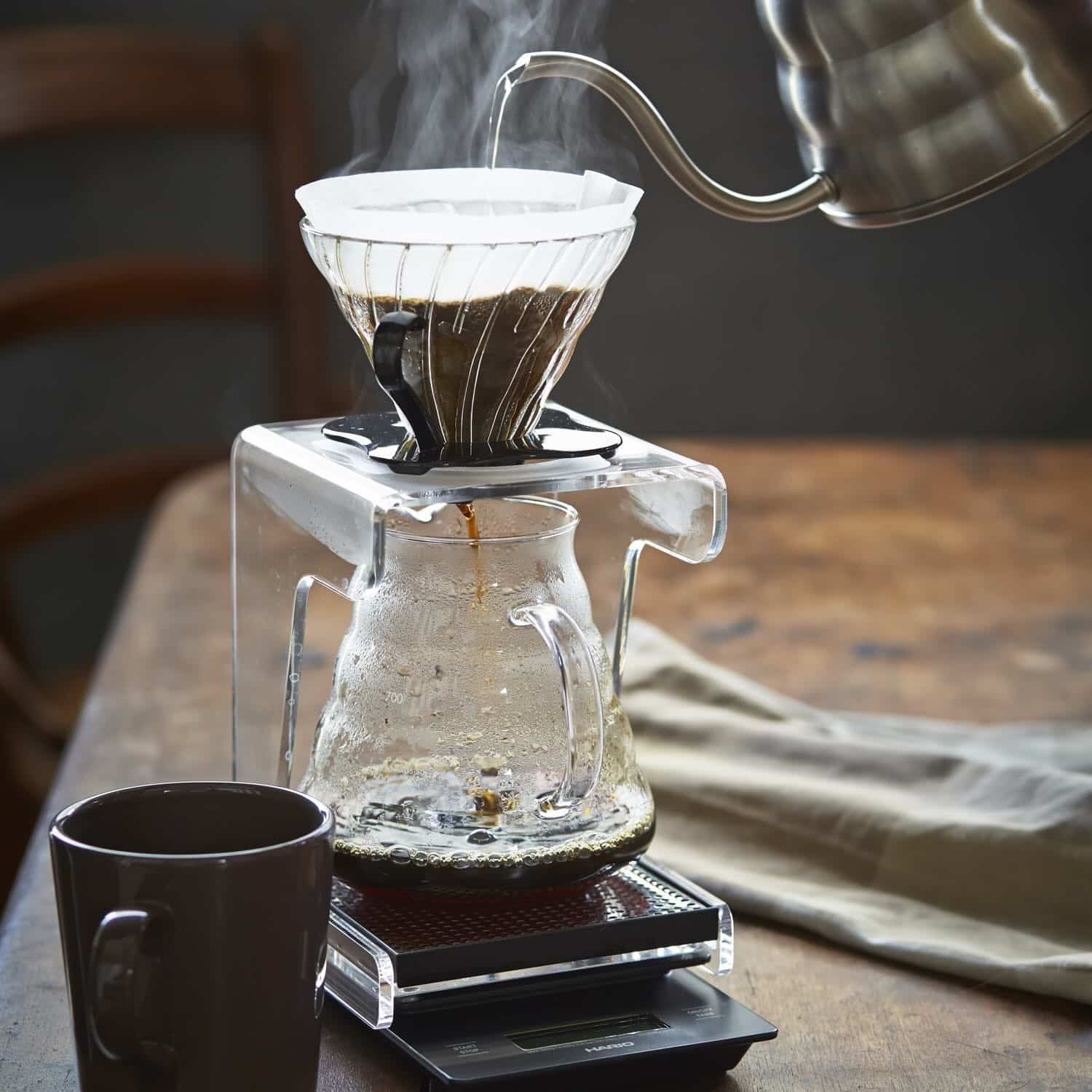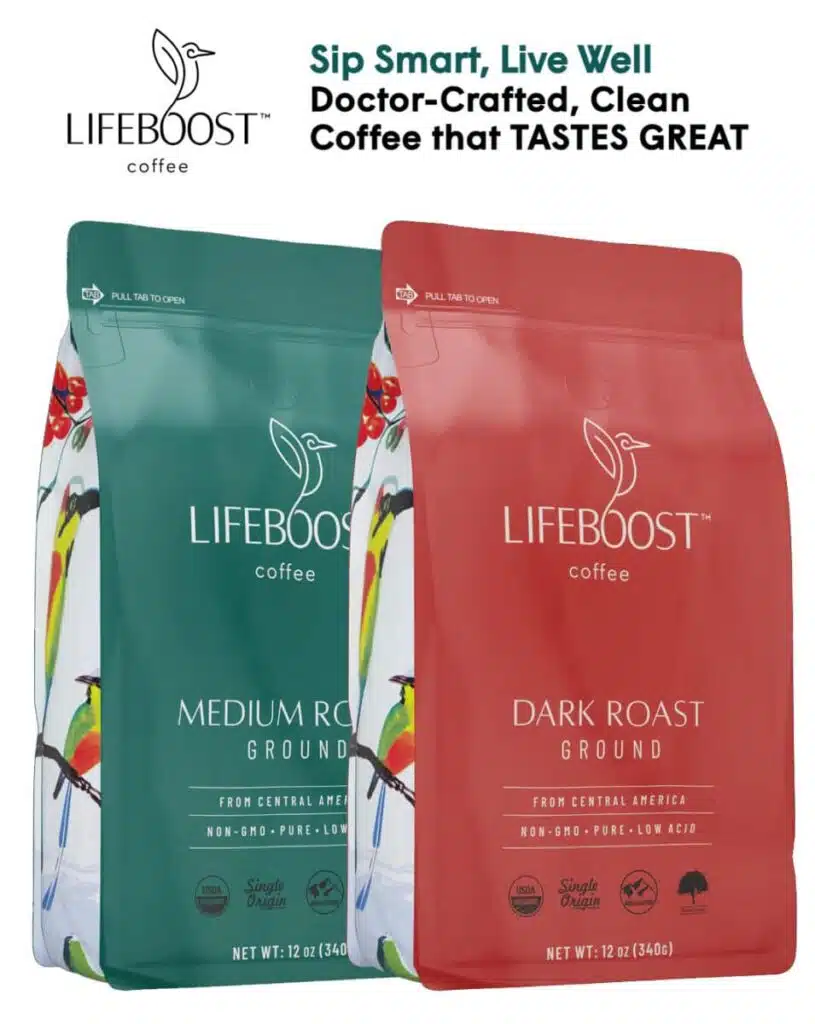Making quality coffee goes beyond simply pouring hot water over ground beans. It involves understanding the nuances of coffee beans, recognizing the importance of freshness, and ensuring water quality to enhance the final cup. Furthermore, mastering the perfect grind size, selecting appropriate brewing methods, and managing brewing temperature play critical roles in crafting the ideal beverage. By exploring these key elements, coffee enthusiasts can elevate their brewing experience and enjoy every step of the process, ultimately yielding a satisfying cup of quality coffee.
Understanding Coffee Beans
To create quality coffee, you must first understand the foundational element: coffee beans. Here are the key factors to consider when selecting your coffee beans:
- Types of Coffee Beans: There are two primary types: Arabica and Robusta.
- Arabica beans offer a delicate taste with higher acidity, ideal for those who prefer mild and nuanced flavors.
- Robusta beans, on the other hand, are stronger and more bitter, known for their higher caffeine content.
- Origin Matters: Coffee beans vary greatly depending on their geographical origin.
- Central and South America: Known for bright acidity and fruity notes.
- Africa: Characteristically floral with a complex flavor profile.
- Asia: Offers earthy and spicy undertones.
- Processing Methods: The way beans are processed affects their taste.
- Washed (Wet) Processing: Produces cleaner flavors, often enhancing acidity.
- Natural (Dry) Processing: Results in a more robust and fruity profile.
Choosing the right beans plays a crucial role in making quality coffee. To ensure freshness, consider purchasing whole beans instead of pre-ground coffee and store them properly.
In summary, understanding the types, origins, and processing methods of coffee beans allows you to make informed choices in your quest for the perfect cup of quality coffee.

The Importance of Freshness
When it comes to brewing quality coffee, freshness plays a pivotal role. The flavor and aroma of coffee significantly decline over time, which is why using fresh ingredients is essential. Here are some key points to consider:
- Beans vs. Ground Coffee: Whole coffee beans retain their freshness longer than pre-ground coffee. Grinding just before brewing maximizes flavor, so always opt for whole beans if possible.
- Storage Conditions: Store coffee beans in an airtight container in a cool, dark place. Avoid keeping them in the fridge or freezer, as fluctuating temperatures can introduce moisture that degrades the beans.
- Roast Date: Check the roast date on your coffee bags. Ideally, use coffee within two to four weeks of roasting to ensure you experience the full spectrum of flavors.
- Quantity Control: Purchase smaller quantities to minimize the time your coffee spends sitting on the shelf. This practice helps guarantee that you brew with fresh coffee consistently.
| Freshness Factors | Impact on Quality Coffee |
|---|---|
| Whole Beans | Retain flavor longer |
| Airtight Storage | Prevents staleness |
| Roast Date | Determines optimum taste |
| Quantity | Ensures consistent freshness |
In summary, prioritizing freshness can transform your regular coffee routine into an experience of quality coffee that excites your senses and awakens your palate.
Water Quality and Its Impact
When it comes to brewing quality coffee, the importance of water quality cannot be overstated. In fact, water makes up about 98% of your cup of coffee, making its impact substantial. Here are several key factors regarding water quality that can significantly influence your brewing experience:
- Purity: Use filtered or bottled water to avoid contaminants or impurities often present in tap water. These can alter the taste of your coffee.
- Mineral Content: Water with balanced minerals enhances flavor extraction. Look for water that has:
- Calcium for a richer taste
- Magnesium to smooth out bitterness
| Mineral | Benefit | Ideal Percentage |
|---|---|---|
| Calcium | Improves taste | 30-100 mg/L |
| Magnesium | Balances bitterness | 10-50 mg/L |
| Sodium | Enhances sweetness | <10 mg/L |
- pH Level: The pH level of water also plays a crucial role. Aim for a pH around 7 for neutral taste; levels below may create sour notes, while higher pH can cause flatness.
By choosing high-quality water, you not only enhance the flavor profile of your quality coffee but also ensure a stable extraction process, leading to a much more satisfying cup. In summary, paying attention to water quality is essential for achieving that perfect brew.
The Perfect Grind Size
Achieving quality coffee starts with the grind size of your coffee beans. The grind size significantly influences the flavor extraction during the brewing process. Here’s a brief overview of different grind sizes and their ideal brewing methods:
| Grind Size | Description | Best Used For |
|---|---|---|
| Coarse | Chunky texture, like sea salt | French press, cold brew |
| Medium-Coarse | Gritty, resembles sand | Pour-over, Chemex |
| Medium | Similar to granulated sugar | Drip coffee, siphon |
| Medium-Fine | Consistency of table salt | Aeropress, Moka pot |
| Fine | Powdery texture | Espresso, Turkish coffee |
| Extra Fine | Almost flour-like | Specialty brewing methods |
Why does grind size matter?
- Extraction Rate: Finer grinds release flavors more quickly, while coarser grinds extract slower.
- Brew Time: Shorter brewing times (like espresso) require finer grinds, whereas longer brews (like French press) benefit from coarser grinds.
When aiming for quality coffee, remember that consistency in grind size is key. Invest in a good burr grinder for uniformity, which leads to a balanced flavor profile. Experiment with different grind sizes to discover what best suits your palate and the brewing method of your choice. The perfect grind size is essential for maximizing flavor potential in every cup of quality coffee.

Brewing Methods Explained
When it comes to brewing quality coffee, the method you choose plays a critical role in the flavor and overall experience. Each method has unique characteristics that can either enhance or diminish the quality of your brew. Here’s a closer look at some popular brewing methods:
1. Drip Brewing
- Description: Hot water drips through coffee grounds and into a carafe.
- Pros: Convenient for making multiple cups; consistent results.
- Cons: May lack depth in flavor.
2. French Press
- Description: Coarsely ground coffee steeped in hot water, then separated with a plunger.
- Pros: Rich and full-bodied coffee; allows oils from the beans.
- Cons: Sediment may remain in the coffee.
3. Espresso
- Description: Highly pressurized hot water passes through finely-ground coffee.
- Pros: Concentrated flavor; serves as a base for drinks like lattes and cappuccinos.
- Cons: Requires specialized equipment; more skill involved.
4. Pour Over
- Description: Hot water is manually poured over coffee grounds in a filter.
- Pros: Full control over brewing parameters; enhances rich flavors.
- Cons: Time-consuming; requires practice.
5. Cold Brew
- Description: Coarse coffee grounds steeped in cold water for several hours.
- Pros: Smooth, less acidic taste; versatile for various drinks.
- Cons: Takes time to prepare; not suitable for quick brews.
Experimenting with different brewing methods can significantly impact the quality coffee you enjoy. Choose the one that suits your taste and lifestyle best for an exceptional coffee experience!
The Role of Temperature
When it comes to brewing quality coffee, temperature plays a crucial role in extracting the right flavors from the coffee beans. Generally, the ideal brewing temperature ranges from 195°F to 205°F (90°C to 96°C). This specific range allows for optimal extraction without burning the coffee, which can lead to bitterness.
Why Temperature Matters:
- Flavor Extraction: Higher temperatures can pull more oils and soluble compounds, enhancing the coffee’s complexity.
- Bitterness Control: Brewing below 195°F may result in sourness, while exceeding 205°F can produce undesirable bitterness.
- Consistency: Maintaining a steady temperature ensures that each cup of coffee tastes the same, enhancing your brewing experience.
Comparison Table: Brewing Temperature Effects
| Temperature (°F) | Flavor Profile | Potential Issues |
|---|---|---|
| Below 195 | Sour, under-extracted | Negatively affects taste |
| 195 to 205 | Balanced, rich flavor | Optimal extraction |
| Above 205 | Bitter, over-extracted | Too harsh |
In conclusion, achieving quality coffee hinges on managing brewing temperature effectively. By carefully controlling this element, you can elevate your coffee experience and enjoy a perfectly balanced cup every time.
Timing Your Brew
Timing plays a crucial role in creating quality coffee. The length of time your coffee grounds are in contact with water can significantly affect the extraction process, ultimately influencing flavor and aroma. Here’s how timing impacts your brew:
- Brewing Time: Different brewing methods require varying brew times. For instance:
- Espresso: A quick 25-30 seconds yields a concentrated shot.
- French Press: A longer steep of about 4 minutes allows robust flavors to develop.
- Pour Over: Aiming for around 3-4 minutes ensures balanced extraction.
- Extraction Rates: Under-extraction leads to sourness, while over-extraction can cause bitterness. Aim for the golden extraction time specific to your brewing method to capture the perfect balance of flavors.
- Tasting Notes: Consistency in timing aids in achieving the same quality coffee experience each time. Use a timer to replicate the brewing process. Track your results to identify any changes in flavor profile.
| Brewing Method | Ideal Brew Time | Flavor Outcome |
|---|---|---|
| Espresso | 25-30 seconds | Rich, concentrated |
| French Press | 4 minutes | Bold, full-bodied |
| Pour Over | 3-4 minutes | Bright, nuanced flavors |
In conclusion, mastering the timing of your brew will enhance your ability to create quality coffee. Keep experimenting with times until you find your ideal cup!
Enhancing Flavor with Additives
When it comes to crafting quality coffee, the right additives can elevate your brew from good to exceptional. Here are some popular options that enhance flavor while maintaining the integrity of your coffee:
- Milk and Cream: Adding milk or cream softens acidity and brings richness to your coffee. Consider whole milk for a creamy texture or almond milk for a nutty flavor.
- Sugar and Sweeteners: Sugar complements the natural bitterness of coffee. You can also explore alternatives like honey or agave syrup, which offer unique flavors and sweetness levels.
- Spices: Common spices like cinnamon, nutmeg, and vanilla can introduce warmth and complexity to your cup. A pinch of these can create an inviting aroma and taste.
- Chocolate: Adding cocoa powder or chocolate syrup can enrich the flavor, resulting in a delightful mocha experience.
Comparison of Additives
| Additive | Effect on Flavor | Best Use |
|---|---|---|
| Milk/Cream | Richness and smoothness | Lattes and cappuccinos |
| Sugar | Balances bitterness | Any coffee |
| Spices | Adds warmth and complexity | Specialty brews |
| Chocolate | Enhances sweetness and richness | Mocha blends |
Ultimately, the choice of additives should align with your personal preference. Experimentation is key to discovering the perfect recipe for your ideal quality coffee. Enjoy the journey of finding your favorite combinations!
Common Mistakes to Avoid
When it comes to crafting quality coffee, avoiding common pitfalls can make all the difference in flavor and satisfaction. Here are several mistakes to steer clear of:
- Using Stale Beans: Always opt for freshly roasted coffee beans. Stale beans lead to bland and flat-tasting brews, diminishing the overall quality of your coffee experience.
- Incorrect Grind Size: The grind size greatly affects extraction. For instance, coarse grinds work best for French press, while espresso requires a fine grind. Choosing the wrong size can create under-extracted or over-extracted flavors, reducing the quality coffee you produce.
- Neglecting Water Quality: Many people overlook the importance of water quality. Tap water with high mineral content or unpleasant odors can alter the taste of your brew. Always use filtered or bottled water for ideal results.
- Improper Brew Temperature: Brewing coffee at the wrong temperature can affect taste. Aim for a brewing temperature between 195°F and 205°F. Too hot or too cold can overpower the delicate flavors inherent in your quality coffee.
- Over or Under Brewing: Timing matters! Brewing coffee for too long leads to bitterness, while brewing for too short can result in sour notes. Follow the recommended brewing times for your chosen method to ensure a balanced cup.
By being mindful of these common mistakes, you can elevate your coffee game, ensuring that every cup you brew reaches its maximum potential of quality coffee enjoyment.
Maintaining Your Coffee Equipment
To consistently brew quality coffee, maintaining your coffee equipment is essential. Neglect can lead to unfavorable flavors and diminished coffee performance. Here’s how to keep your coffee gear in top shape:
- Regular Cleaning:
- Daily: Rinse your coffee maker and carafe after each use to prevent residue buildup.
- Weekly: Deep clean by using a vinegar-water solution. This helps remove any coffee oils and mineral deposits.
- Descale Periodically:
- If you live in a hard-water area, descale your equipment every few months. Use a commercial descaler or a homemade mix of vinegar and water to dissolve limescale.
- Replace Filters:
- Keep your water filter fresh to ensure you use quality water, which enhances the flavor of your coffee. Change it according to the manufacturer’s recommendations.
- Inspect Grinder Blades:
- For burr grinders, check blades regularly for wear. Dull blades can negatively impact grind size and overall flavor. Sharpen or replace as needed.
- Check Seals and Gaskets:
- Inspect seals in machines and french presses. Worn seals can lead to leaks, affecting the brewing process and resulting in subpar quality coffee.
By adhering to a proper maintenance schedule, you not only enhance the longevity of your coffee equipment but also ensure that every cup you brew remains a delightful experience of quality coffee.

Enjoying the Process
Making quality coffee isn’t just about the end product; it’s about savoring every step of the brewing journey. Here are some aspects to appreciate during this delightful experience:
- Preparation: Take time to select your beans thoughtfully. Explore different origins and roasting styles. Not only does this impact flavor, but it also prepares you mentally for the brewing adventure.
- Mindfulness: Focus on each step, whether you’re grinding beans or pouring hot water. Mindful brewing enhances your appreciation of the quality coffee you’re crafting, turning it into a meditative practice.
- Experimentation: Don’t hesitate to try new brewing methods or ratios. Use different equipment like pour-over, French press, or espresso machines. Each method offers unique flavors and insights into what defines quality coffee for you.
- Sharing: Enjoying coffee with others can elevate the experience. Invite friends over for a coffee tasting session, where everyone can share their favorite brews and learn together.
- Right Atmosphere: Create an inviting space. Adjust lighting, play some soft music, and sit comfortably. This way, you’ll transform your coffee-making into a sensory delight.
Ultimately, embracing the process not only leads to a better cup of quality coffee but also fills your daily routine with joy and satisfaction.
Frequently Asked Questions
What type of coffee beans should I use for high-quality coffee?
For making high-quality coffee, selecting the right type of coffee beans is essential. Go for Arabica beans, which are known for their smooth, complex flavors and higher acidity compared to Robusta beans. Arabica coffee typically has a wide range of flavor notes, from fruity and floral to nutty and chocolatey. It’s also important to choose freshly roasted beans, ideally within two weeks of roasting, to ensure maximum flavor and aroma.
How important is water quality in brewing coffee?
Water quality plays a crucial role in brewing quality coffee, as it makes up about 98% of your cup. Use filtered water free from impurities, chemicals, and strongly flavored minerals, which can affect the taste of your coffee. Ideally, the water should be between 195°F to 205°F when brewing to extract the finest flavors from the coffee grounds. The mineral content in water can also impact the taste, so using water rich in minerals can enhance the coffee’s flavor profile.
What brewing method is best for a rich coffee flavor?
The brewing method significantly affects the flavor profile of your coffee. Methods like French press or pour-over are highly regarded for delivering a rich and flavorful cup. The French press immerses coffee grounds in water, resulting in a full-bodied flavor profile, while pour-over allows for better control over brewing time and water flow for a cleaner taste. Experimenting with different methods can help you find the one that best brings out your preferred flavor notes.
How long should I brew my coffee for optimal taste?
The brewing time is vital for extracting the best flavors from your coffee. For methods like a French press, a steeping time of around four minutes is recommended, while for pour-over, aim for about three to four minutes. If you brew for too long, the coffee can become bitter due to over-extraction, while brewing for too short can lead to a sour taste. It’s important to adjust based on the grind size and coffee strength you are using.
Is it better to grind coffee beans at home or purchase pre-ground coffee?
Grinding coffee beans at home is often recommended over buying pre-ground coffee because it preserves the freshness and flavor significantly better. When coffee beans are ground, they start to oxidize, leading to a loss of aroma and taste. By grinding just before brewing, you ensure that you’re capturing the full spectrum of flavors. Invest in a quality burr grinder for a consistent grind size, which is essential for achieving optimal extraction during brewing.


